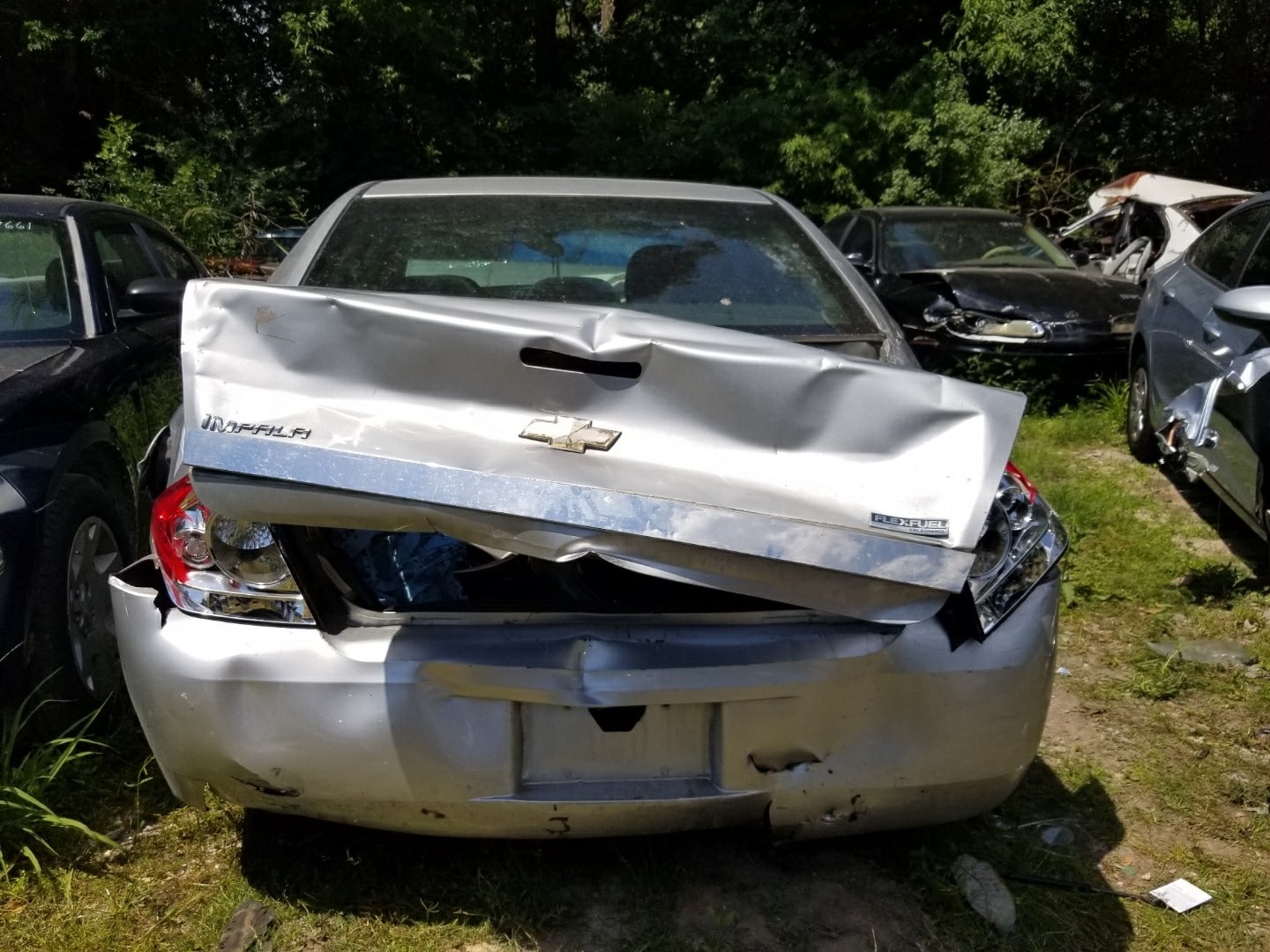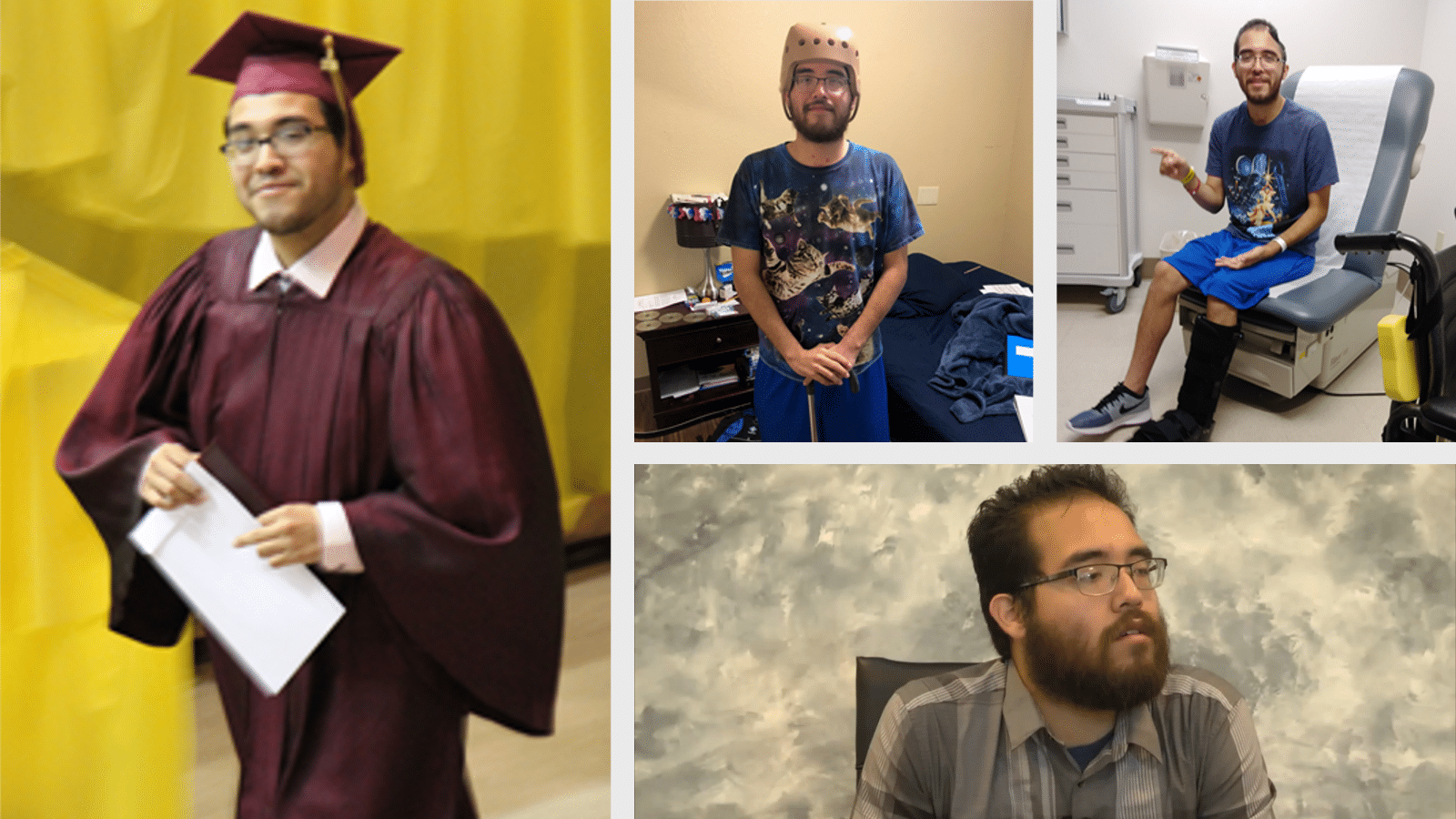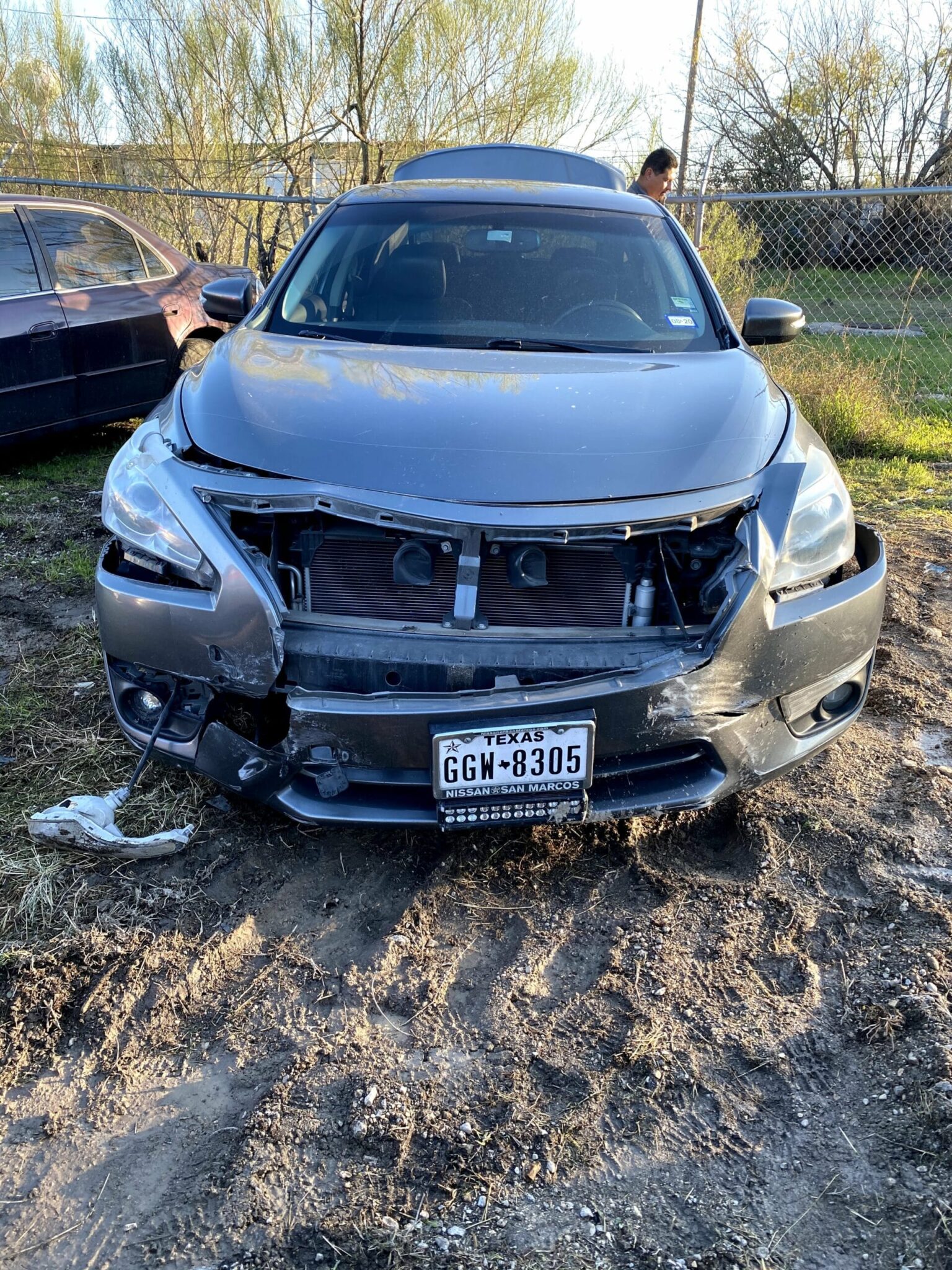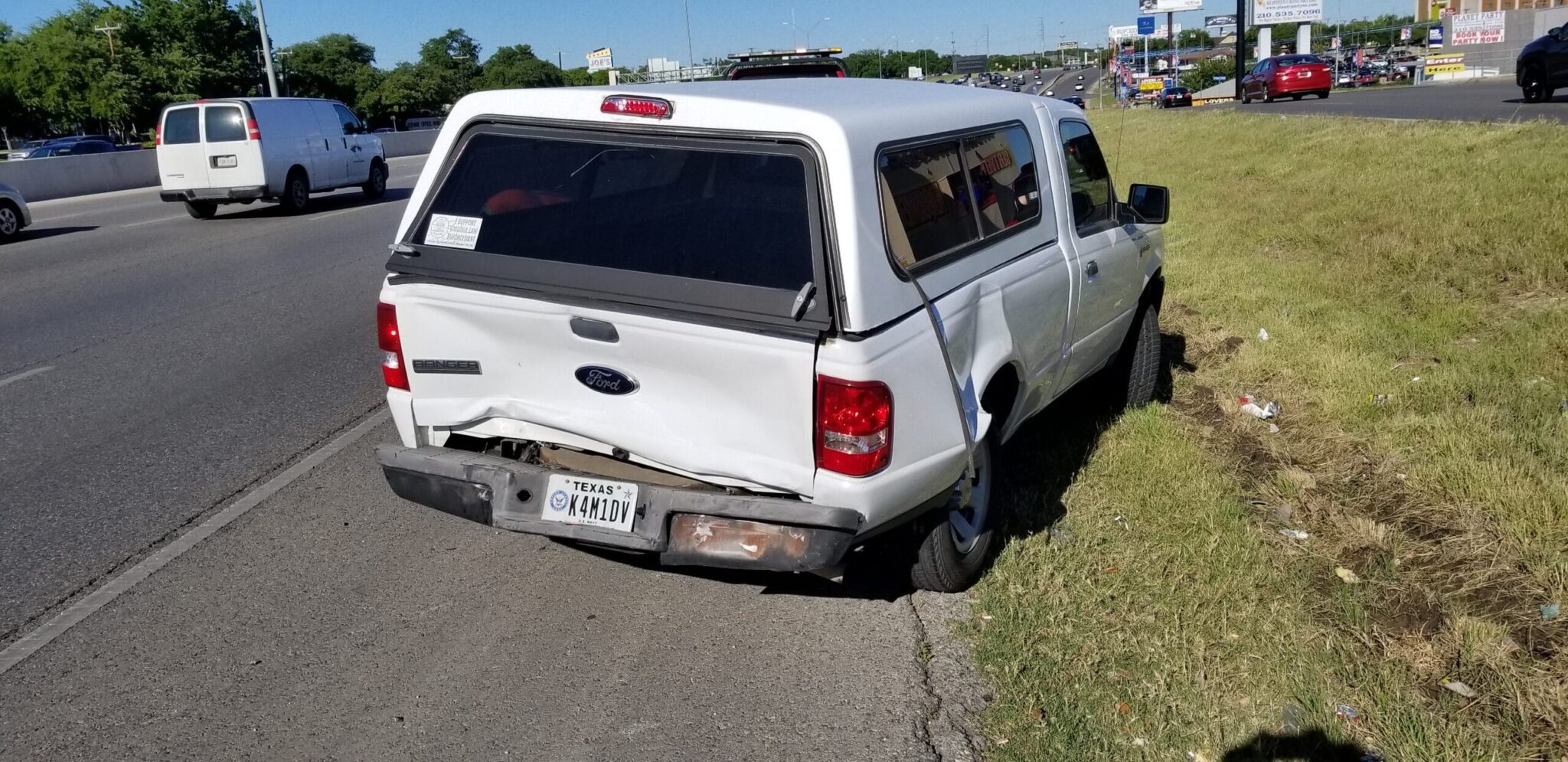One spring day in Lake Charles, Louisiana, Kaegan was driving her car westbound across a bridge. Traffic was heavy and Kaegan slowed down. Unfortunately, the driver of the heavy-duty F-550 pickup behind her did not.
The rear-end truck wreck was so forceful that it smashed the back of Kaegan’s car and pushed it forward into the Toyota Tundra ahead, which then hit another car. Multiple vehicles were completely wrecked, and although Kaegan was lucky to walk away from the accident alive and in one piece, it soon became clear that she was not fine.

Kaegan Suffers Persistent Symptoms Due to a Concussion
During the crash, Kaegen’s head struck the inside of her vehicle, leaving a visible bruise. Soon after, she developed severe, persistent migraine headaches. But that wasn’t the whole story. Her other symptoms included:
- Impaired social and conversational skills
- Difficulty remembering and using words
- Memory issues, particularly verbal memory
- Cognitive issues, particularly convergent and divergent reasoning
- Difficulty concentrating for long periods of time (sustained attention)
- Anxiety
- Increased mental fatigue
- Chronic pain
At first, Kaegen tried to handle her car accident claim on her own. But when the insurance company responded to her initial settlement demand with a $50,000 counteroffer, she turned to the team at Crosley Law. She was referred to us by her uncle, who contacted a local lawyer who recommended Tom Crosley because of his national expertise in handling brain injury cases.
RELATED: What Is a TBI?
Crosley Law Helps Kaegen Get a Diagnosis and Build Her Case
Kaegan had done her best while handling her claim, but our team quickly found gaps in her evidence and arguments. We set to work, building Kaegan’s case and gathering evidence that proved it was worth much more than a $50,000 settlement.
The first step was making sure Kaegen got the testing and treatment she needed to better understand the nature of her brain injury. This included a specialized MRI brain scan, using diffusion tensor imaging (DTI), and a full neuropsychological evaluation.
The DTI MRI revealed a traumatic axonal injury (TAI) in the left frontal lobe and left parietal lobe. A TAI is a type of traumatic brain injury (TBI) that involves lesions and damage to nerve axons in the “white matter,” which facilitates communication between different parts of the brain, central nervous system, and body.
TAIs are often associated with persistent functional impairments. Furthermore, white matter loss may progress for years or even decades after the injury.
With brain imaging and results from the neuropsychological evaluation, Kaegen’s doctors confirmed that her injuries were significant, likely to cause lifelong cognitive and physiological impairments, and caused by the crash. They also put together a recommended treatment plan that included regular evaluation, consults, and care from a multi-disciplinary team including neurology, physical therapy, and psychiatric specialists.
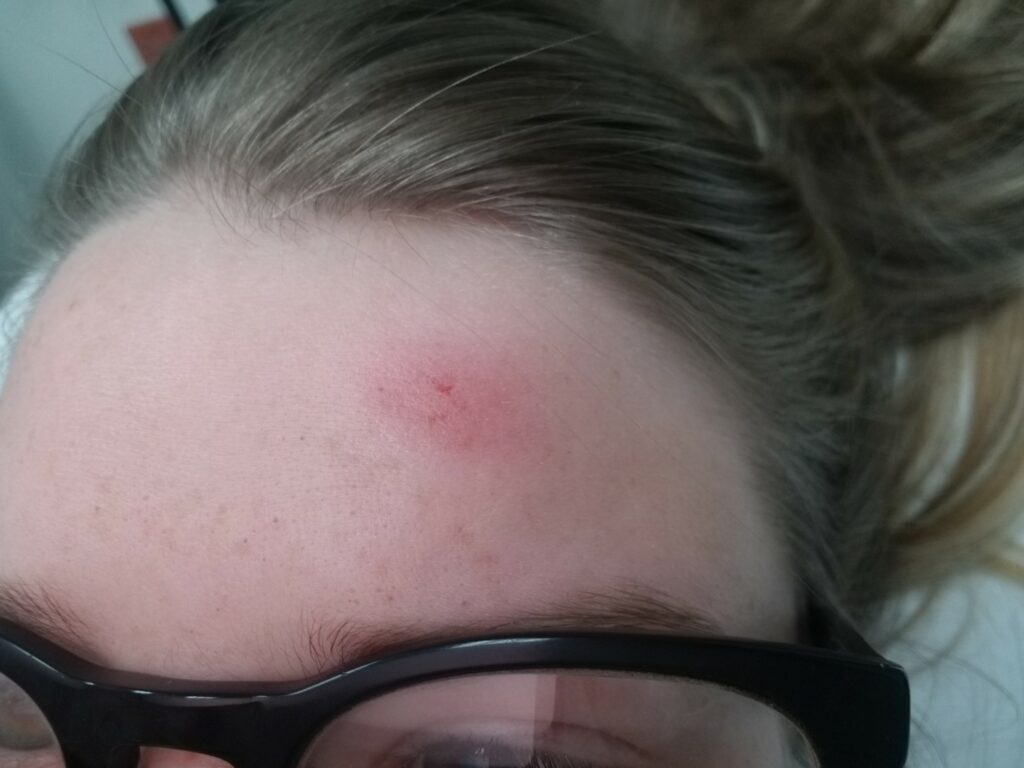
Putting a Value on Pain and Suffering
Liability in the accident was clear. There was no question that the driver who rear-ended Kaegan caused the accident. Thankfully, at the time of the crash, the at-fault driver was in the course of his employment with a trucking company. This meant several high-limit insurance policies could apply to Kaegan’s case—more than enough to provide fair compensation.
The trickier part was determining what “fair” means in this kind of case.
Kaegen’s economic damages were small compared to the dramatic, life-altering symptoms she experienced. She only had about $30,000 in existing medical bills and roughly $8,000 in lost wages.
However, she was experiencing debilitating migraines, which would lead to more time off work, additional medical bills, and profound pain and suffering. That pain and suffering interfered with her ability to function daily.
A $50,000 settlement offer hardly seemed a fair compensation for her injuries.
Kaegan was also only 22 years old at the time of the crash. She has her whole life ahead of her. The Crosley Law team knew that the insurance company was severely undervaluing her non-economic damages.
RELATED: How Do You Calculate Pain and Suffering Compensation for Injuries?
Crosley Law Helps Kaegen Reach a Fair Settlement at Mediation
Ultimately, Kaegen’s case went to mediation. This is a process in which, after going through the discovery phase of the lawsuit and taking depositions, both sides agree to work with a neutral third-party mediatory to try to settle the case instead of proceeding to trial.
In addition to the $30,000 in existing medical bills, roughly $8,000 in lost wages, and now $50,000 in projected future medical costs according to her medical team, Crosley Law successfully argued that Kaegen also deserved substantial compensation for her pain and suffering.
In the end, the trucking company’s insurer agreed to settle the case for $275,000.
Crosley Law: Going the Extra Mile for TBI Sufferers
Not all devastating, lifelong injuries are easy to spot from the outside. When it comes to brain injuries, how a person looks—or even how much they pay in medical bills—can be a very poor indicator of how much they’re truly suffering.
Unfortunately, non-economic damages following a TBI can be tough to prove, which is why you want an experienced law firm on your side. Crosley Law employs cutting-edge technology and stays connected with top medical experts to help our clients get the highest possible compensation after brain injuries.
If you have been injured, call Crosley Law today at 210-LAW-3000 | 210-529-3000 or fill out our brief contact form.
The content provided here is for informational purposes only and should not be construed as legal advice on any subject.
